T4K3.news
Cloudburst in India leads to severe flooding
A cloudburst in Uttarakhand has resulted in multiple fatalities and many missing.
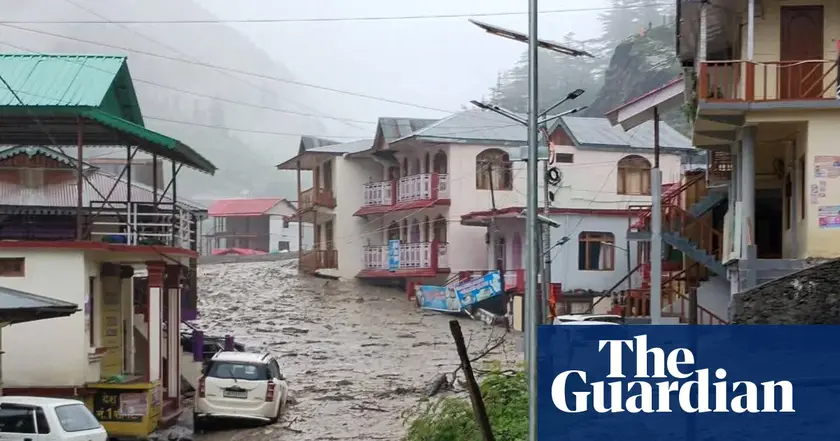
A cloudburst in northwest India leads to tragic flooding and loss of life.
Cloudburst causes devastating flood in India
A cloudburst has been identified as a likely cause of a devastating flood that inundated a village in northwest India, resulting in at least four fatalities and leaving around 100 individuals missing. The Indian Meteorological Department reported over 210 mm of rainfall in parts of Uttarakhand, where the incident occurred. State Chief Minister Pushkar Singh Dhami confirmed the occurrence of a cloudburst prior to the flood which overwhelmed the village of Dharali. Meteorologists define cloudbursts as intense rainfall events covering an area of 30 sq km or less, where precipitation exceeds 100 mm per hour, often triggered in mountainous regions during monsoon season. Factors such as orographic lift contribute to these phenomena, particularly in the Himalayan foothills. In the past, cloudbursts have led to catastrophic flooding, including a significant event in 2013 that resulted in over 6,000 deaths in Kedarnath.
Key Takeaways
"They usually happen in mountainous regions during monsoons."
This quote explains the typical conditions that provoke cloudbursts.
"So we have this moist airflow being lifted up and the cloud gets bigger and bigger."
This reflects the meteorological processes behind cloudbursts.
The occurrence of cloudbursts highlights the growing risks associated with climate change in regions prone to extreme weather. As global temperatures rise, the frequency and intensity of catastrophic rainfall events are increasing. The recent events in Uttarakhand remind us of the vulnerabilities faced by communities situated in mountainous areas. With the link between increasing greenhouse gases and extreme weather becoming clearer, these disasters may become more common, raising urgent questions about preparedness and response measures. Climate adaptation strategies must address the unique challenges posed by such unpredictable weather patterns.
Highlights
- Cloudbursts may become more common due to climate change.
- Communities in mountainous regions face increasing flood risks.
- The link between greenhouse gases and rainfall events is evident.
- History shows cloudbursts can lead to devastating consequences.
Flooding exacerbated by climate change
The connection between increasing greenhouse gases and extreme rainfall raises concerns about future disasters in vulnerable regions.
The need for effective disaster management in vulnerable regions is now more urgent than ever.
Enjoyed this? Let your friends know!
Related News
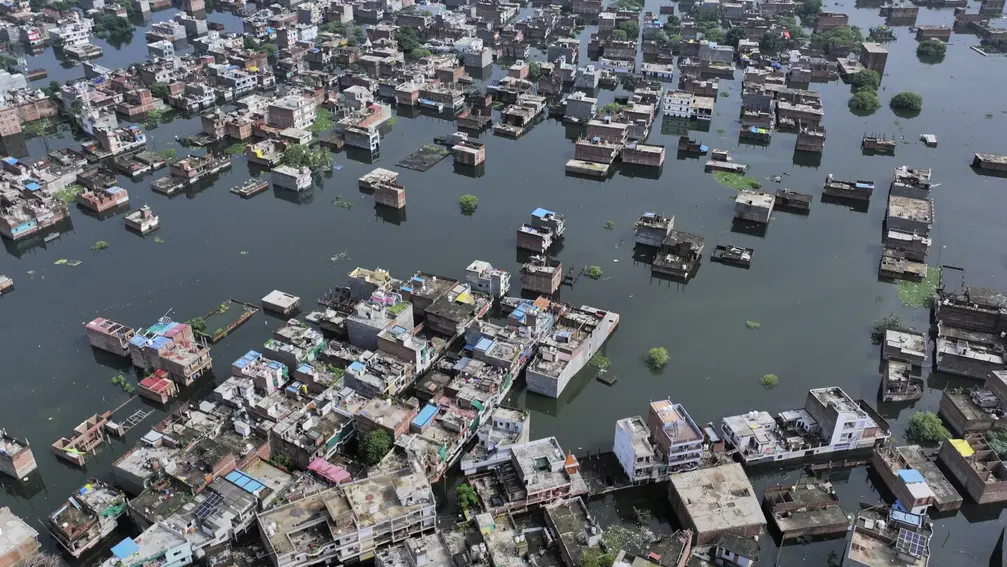
Flash floods kill at least 4 in northern India
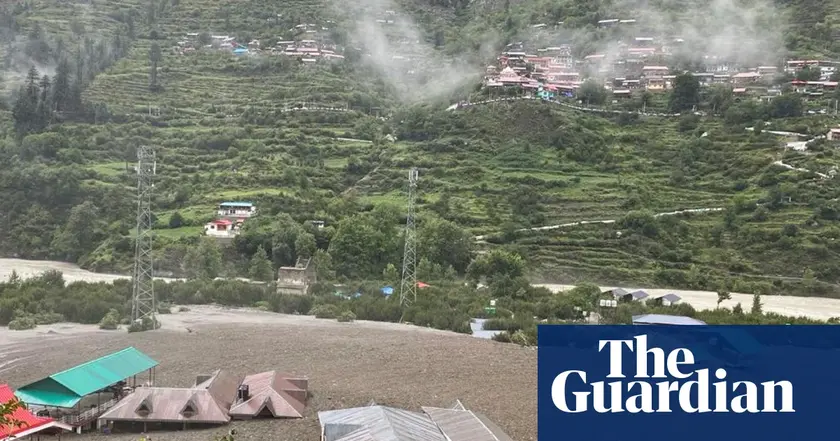
Flash flood in Uttarakhand leaves 100 missing

Floods kill over 200 in India Pakistan
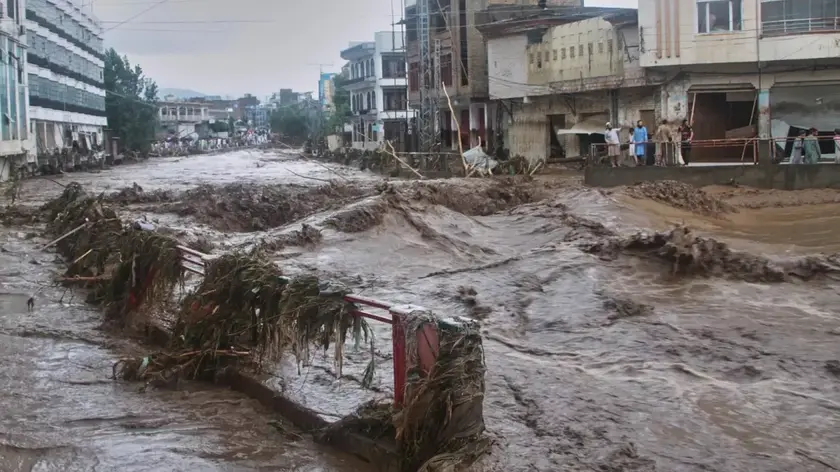
Flash floods kill hundreds in South Asia
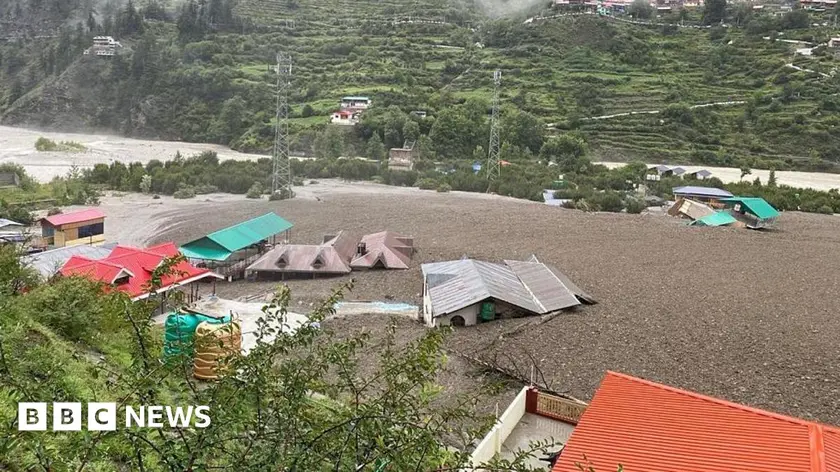
Uttarakhand floods update
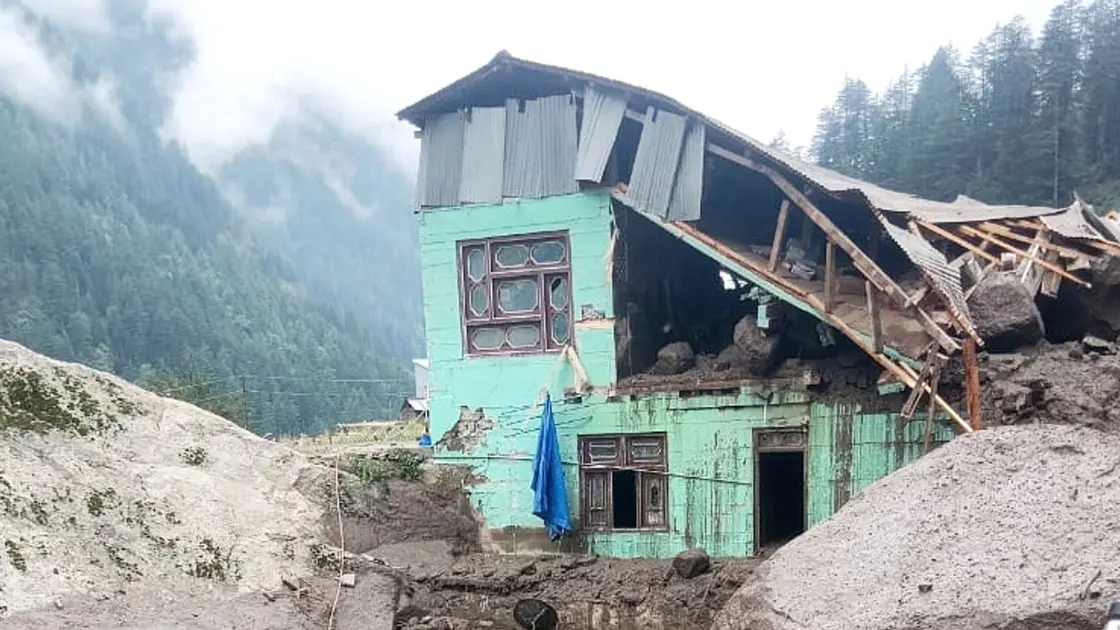
Rescue efforts continue after Kashmir floods claim 56 lives
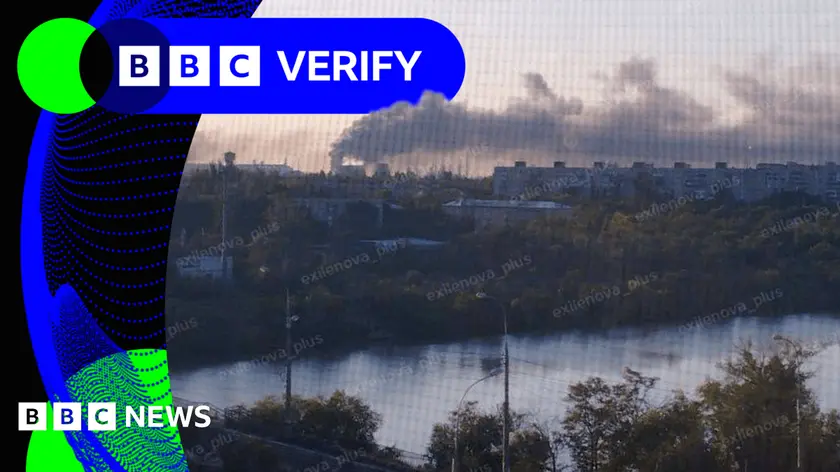
BBC Verify confirms Indian flood footage
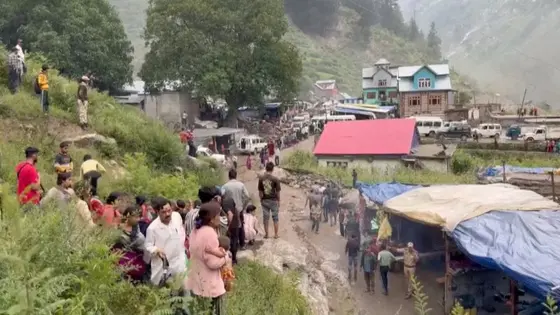
Heavy rain in Kashmir leaves 46 dead and 200 missing
